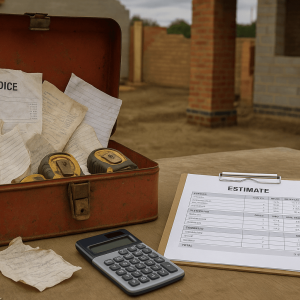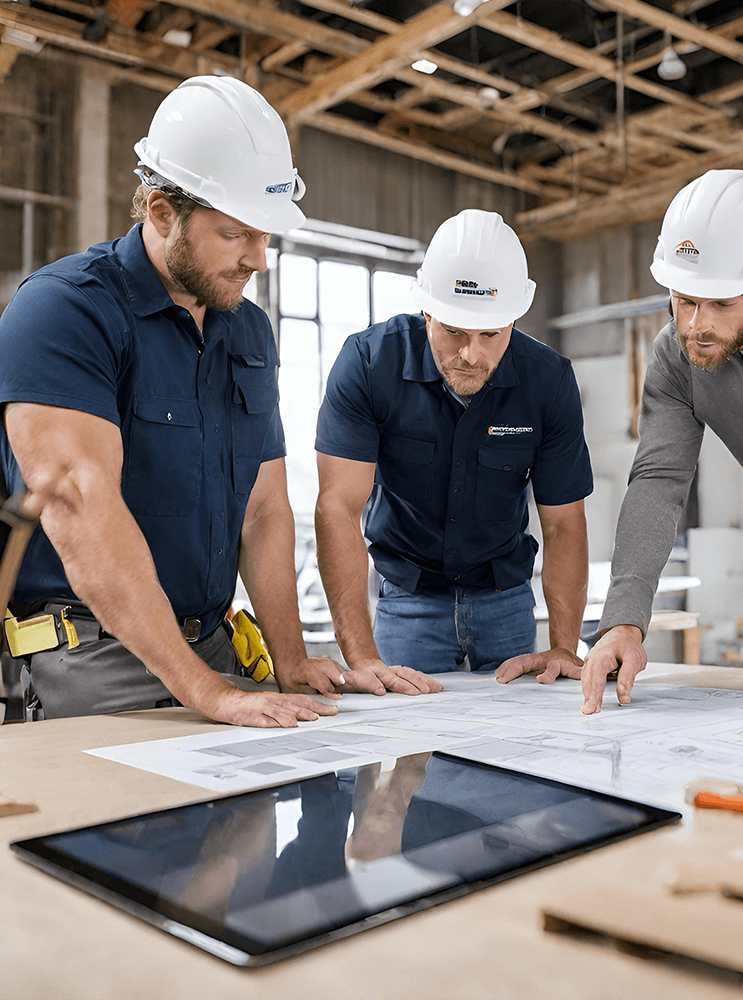In the ever-evolving landscape of modern construction, steel buildings are becoming increasingly prominent. Known for their strength and versatility, steel is not merely a trend but a cornerstone in building technologies that continue to revolutionize this industry.
Why Steel Buildings are Gaining Popularity
Steel’s inherent properties make it superior to traditional construction materials like wood, which is prone to damage from mold, rot, and termites. Opting for steel in your construction projects means embracing durability and requiring minimal maintenance over time—attributes that make steel an economically savvy option as well.
Durable and Reliable Construction
Steel buildings, offered by leading providers such as Murray Steel Buildings, stand up to the harshest environments with little need for repairs. This resilience allows building owners to enjoy longevity without the hassle of frequent maintenance.
Unmatched Versatility of Steel
One of the most significant advantages of steel is its flexibility in applications. From sleek commercial centers to robust industrial warehouses or cozy residential homes, steel can be molded to fit any architectural vision, making it a preferred choice for constructors and architects aiming to meet diverse client needs.
Meeting Multiple Construction Needs
Whether you require expansive spaces or intricate designs, steel is adaptable to every building requirement. This versatility ensures that steel structures can cater to a broad market segment, enhancing their appeal in various construction projects.
Steel’s Role in Environmental Sustainability
Today, sustainability is a pressing concern in construction. Steel answers this call brilliantly; it is recyclable without degradation of its qualities, making it a champion of eco-friendly building materials.
Contributing to Green Building Practices
Choosing steel helps reduce overall waste and conserve natural resources. Steel buildings are not only about lower environmental impact but also about enhanced energy efficiency, which decreases the carbon footprint significantly.
Efficiency in Construction with Steel
The prefab nature of steel components means that they can be assembled quickly on-site, significantly cutting down construction times. Faster build times translate to cost savings in labor and earlier project completion, which is beneficial for both residential and commercial purposes.
Accelerated Project Timelines
With steel, construction timelines are shortened, allowing for quicker turnarounds. This efficiency is a vital asset in the fast-paced world of construction where time is as valuable as financial investment.
Cost Effectiveness of Steel Structures
While the upfront cost of steel might seem high, the long-term savings it offers ensures it is a cost-effective choice for any project. Factors like reduced maintenance costs and shorter construction periods contribute to significant savings across the lifespan of the building.
Long-term Financial Benefits
The longevity and reduced upkeep requirements of steel buildings promise ongoing savings, making the initial investment worthwhile.
Adaptability to Modern Technology
Steel is poised to integrate seamlessly with future construction technologies. With advancements such as Building Information Modeling (BIM) and smart building technologies, steel structures are ready to meet the future head-on.
Integration with Innovative Construction Tech
Whether it’s enhancing precision in construction processes or adopting new tech for smarter buildings, steel is at the forefront, ensuring that steel structures remain relevant in a technologically advancing world.
To Conclude
The trajectory of steel buildings in the construction sector looks incredibly promising. Offering a blend of durability, versatility, sustainability, and economic benefits, steel is rightly positioned as the material of choice for future-forward construction. Opting for steel not only ensures a robust structure but also aligns with global movements towards sustainability and innovation.
Frequently Asked Questions
1. What makes steel more durable than other construction materials?
Steel is inherently resistant to many of the common deteriorating elements that affect other materials, such as mold, rot, and pests like termites.
2. Can steel buildings be customized for different architectural styles?
Absolutely, steel offers amazing flexibility, allowing it to be crafted into various shapes and sizes, suitable for multiple architectural styles.
3. How do steel buildings contribute to sustainability?
Steel is highly sustainable due to its ability to be recycled completely without loss of quality, reducing waste and making it a green building material.
4. What are the cost benefits of choosing steel for construction?
Despite a higher initial cost, steel buildings are more economical over time due to lower maintenance requirements and longer life spans.
5. How does technology integrate with steel constructions?
Steel is highly adaptable to advancements in construction technology, such as BIM, which facilitates precision and efficiency in building projects.











